Future
Where will the next female F1 driver come from?
by Samarth Kanal
7min read
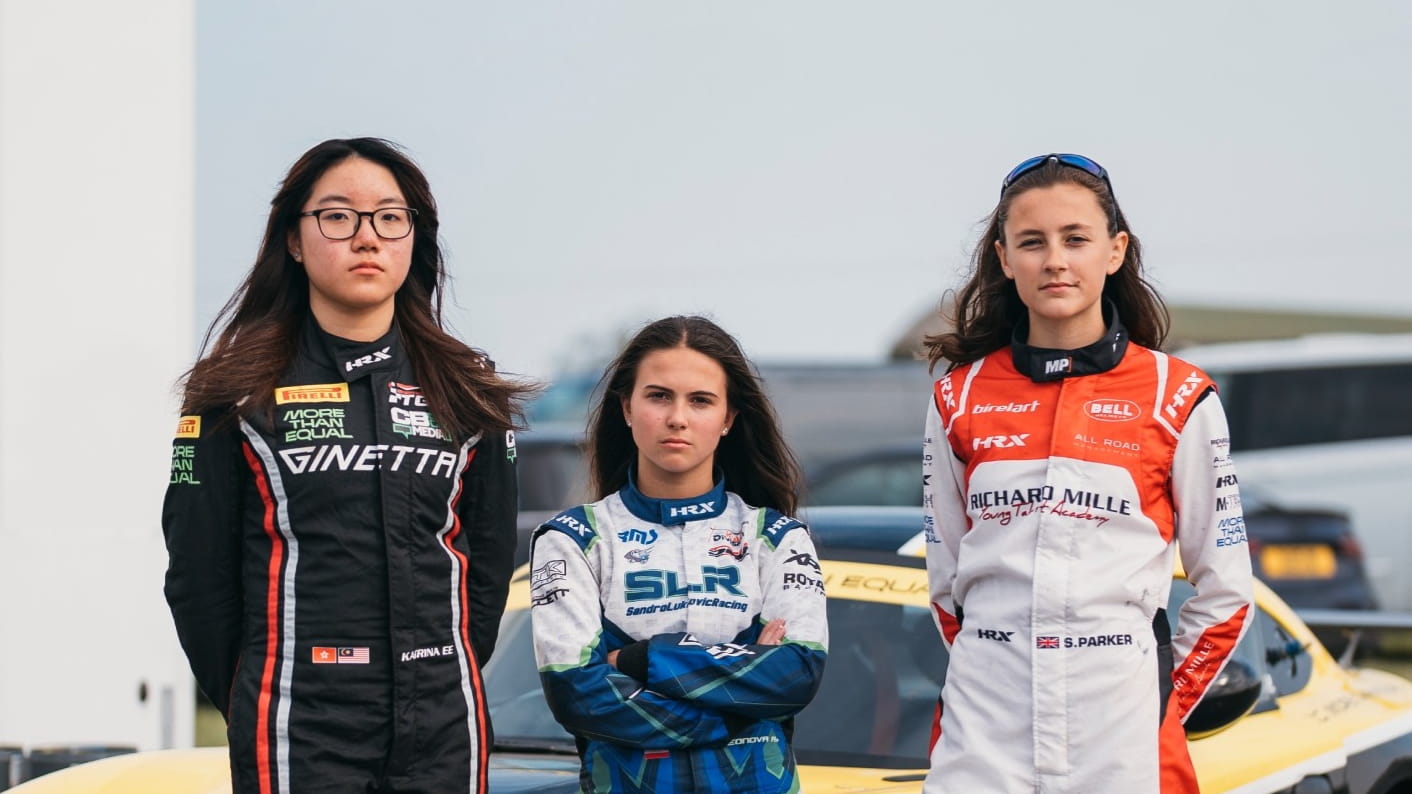
There hasn’t been a female driver racing in Formula 1 since Lella Lombardi in 1976, so where will the next female F1 driver come from? More Than Equal is one of several programmes and organisations helping nurture young female talent.
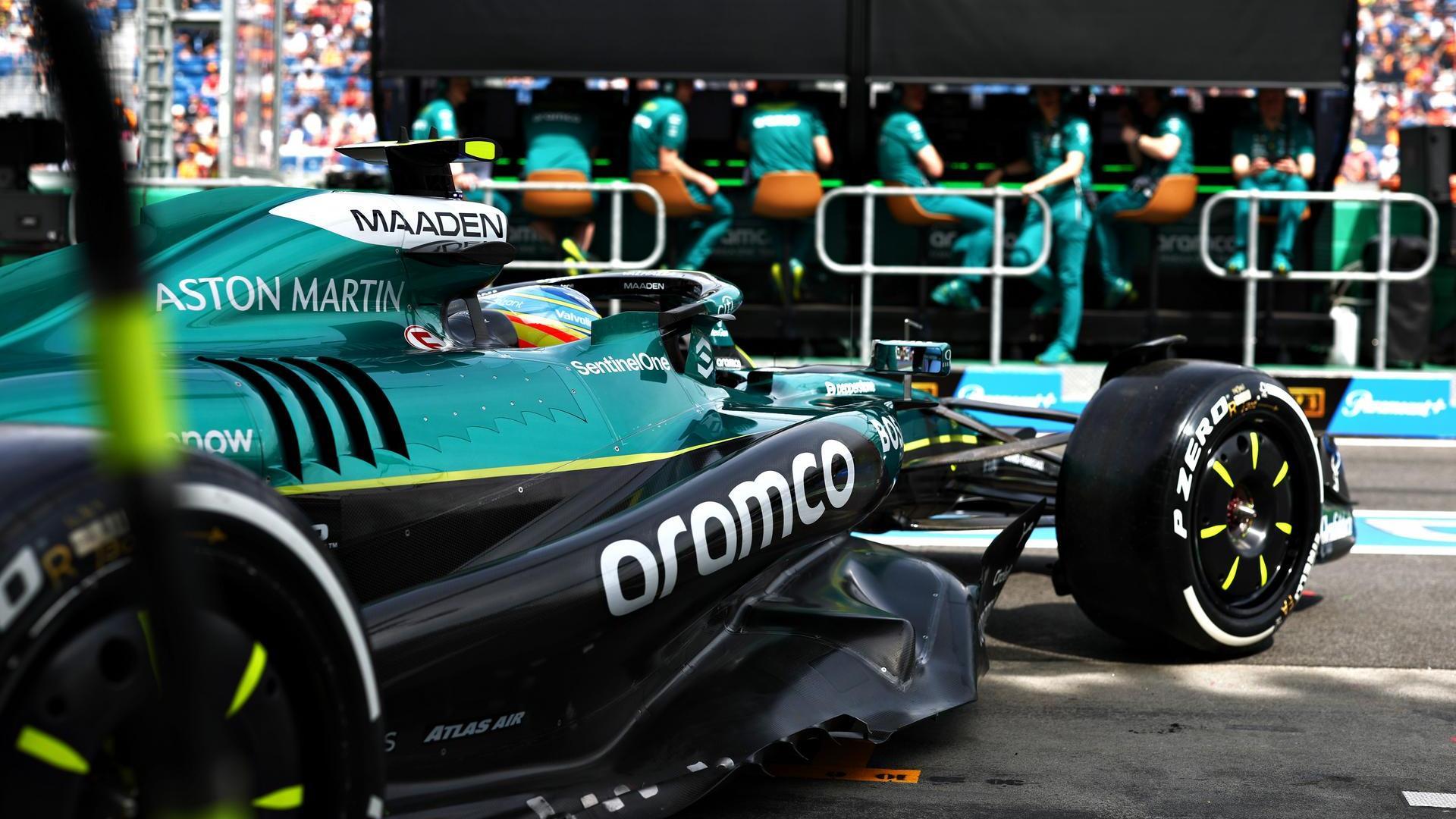
Sign up for a newsletter and we'll make sure you're fully up-to-date in the world of race technology
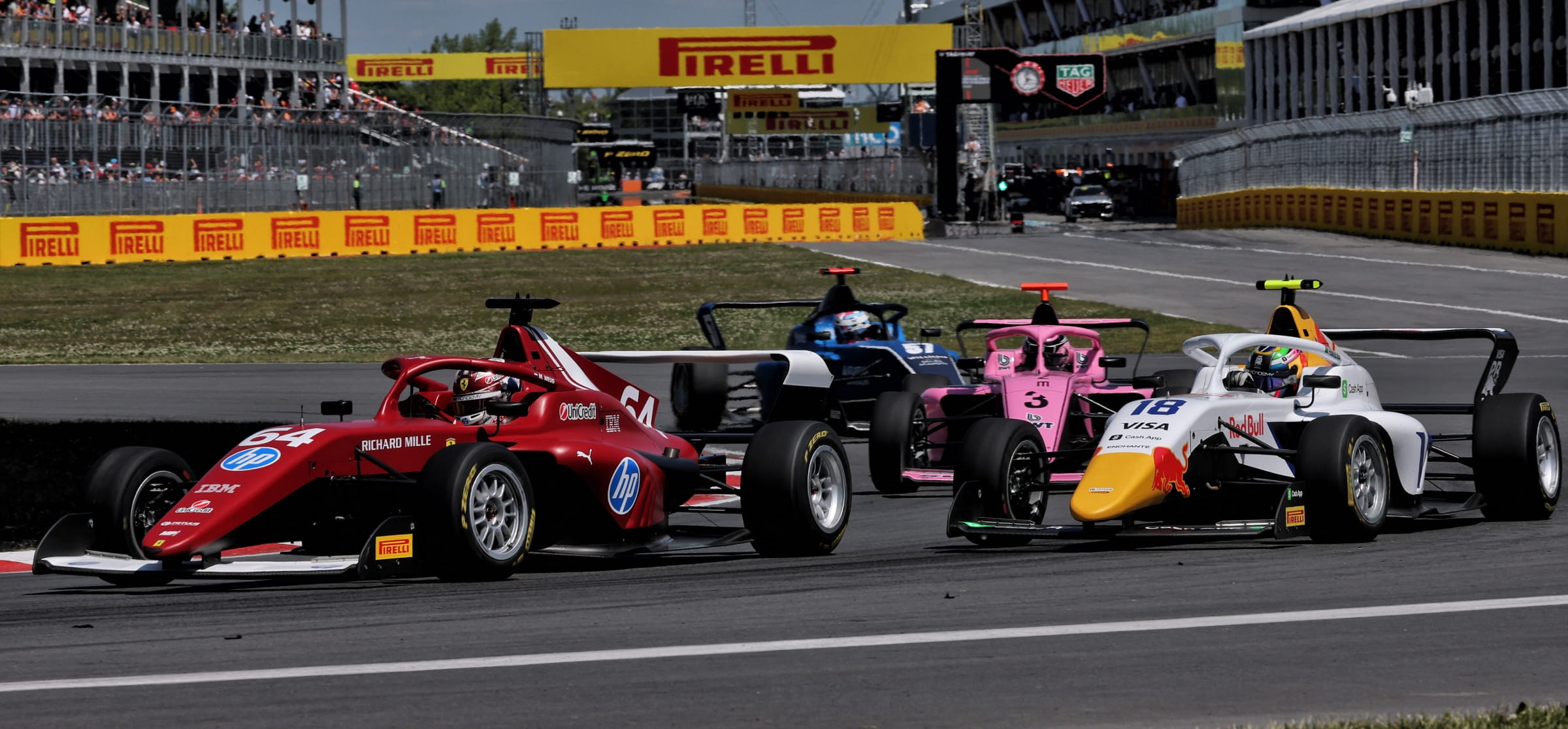
F1 Academy is an F4-level FIA series in which only women participate
What differences prevent women from competing in motorsport?
More Than Equal CEO Tom Stanton addressed the physical differences between women and men in motorsport to Raceteq.
“Do I believe that there is a physical barrier to females performing in motorsport and F1? Absolutely not. And the first reason I give is that we have very well-trained, highly-decorated female fighter jet pilots that are routinely subjected to the same forces as their male counterparts, which, by the way, are greater than those you experience in a race car,” he said.

More Than Equal CEO Tom Stanton uses the example of female fighter jet pilots to prove that women can compete effectively in F1

A More Than Equal member undergoing neck training, a crucial part of preparing for the g-forces of an F1 car
How does More Than Equal train female drivers?
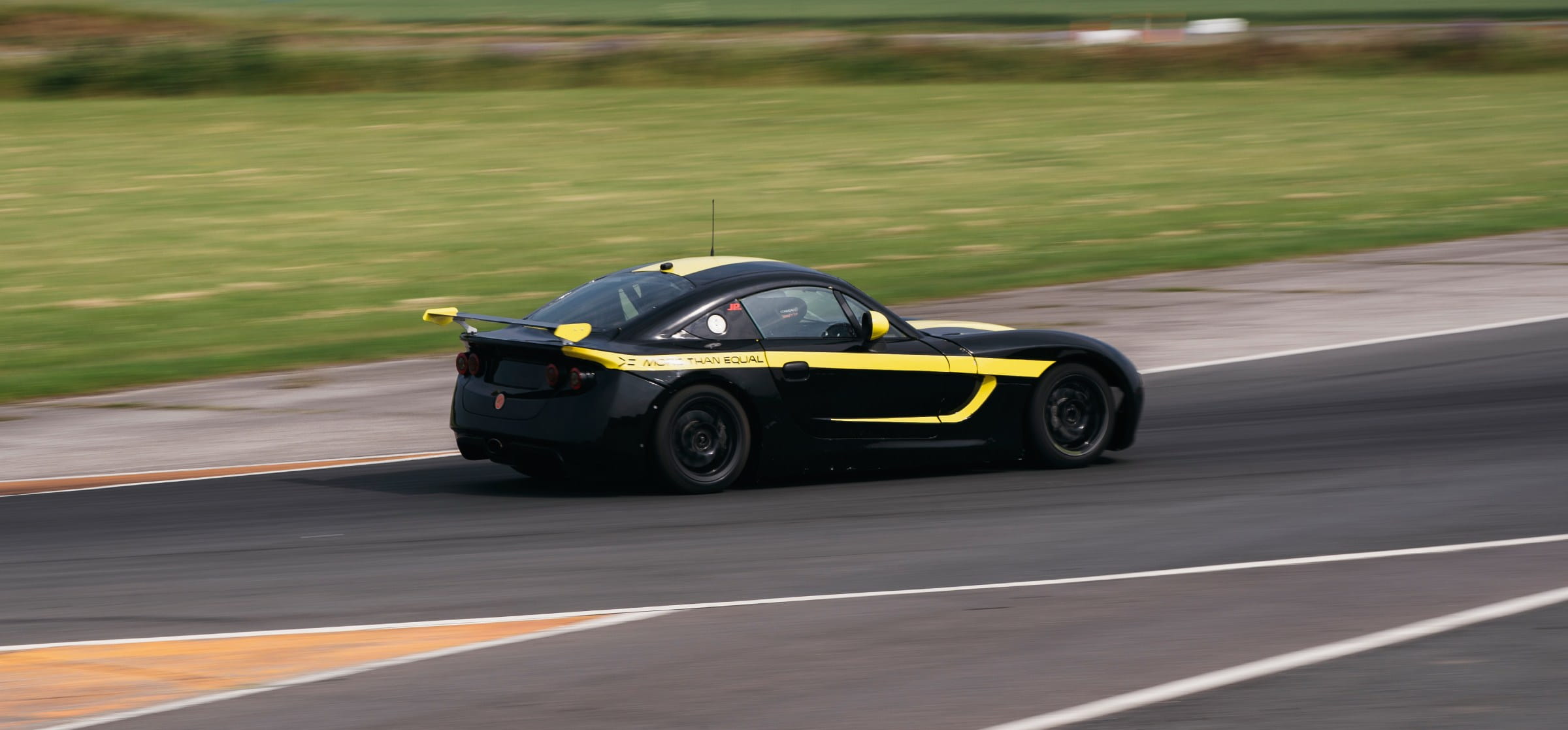
More Than Equal helps girls bridge the gap between go-karts and single-seaters by training them in sportscars, such as the Ginetta G40
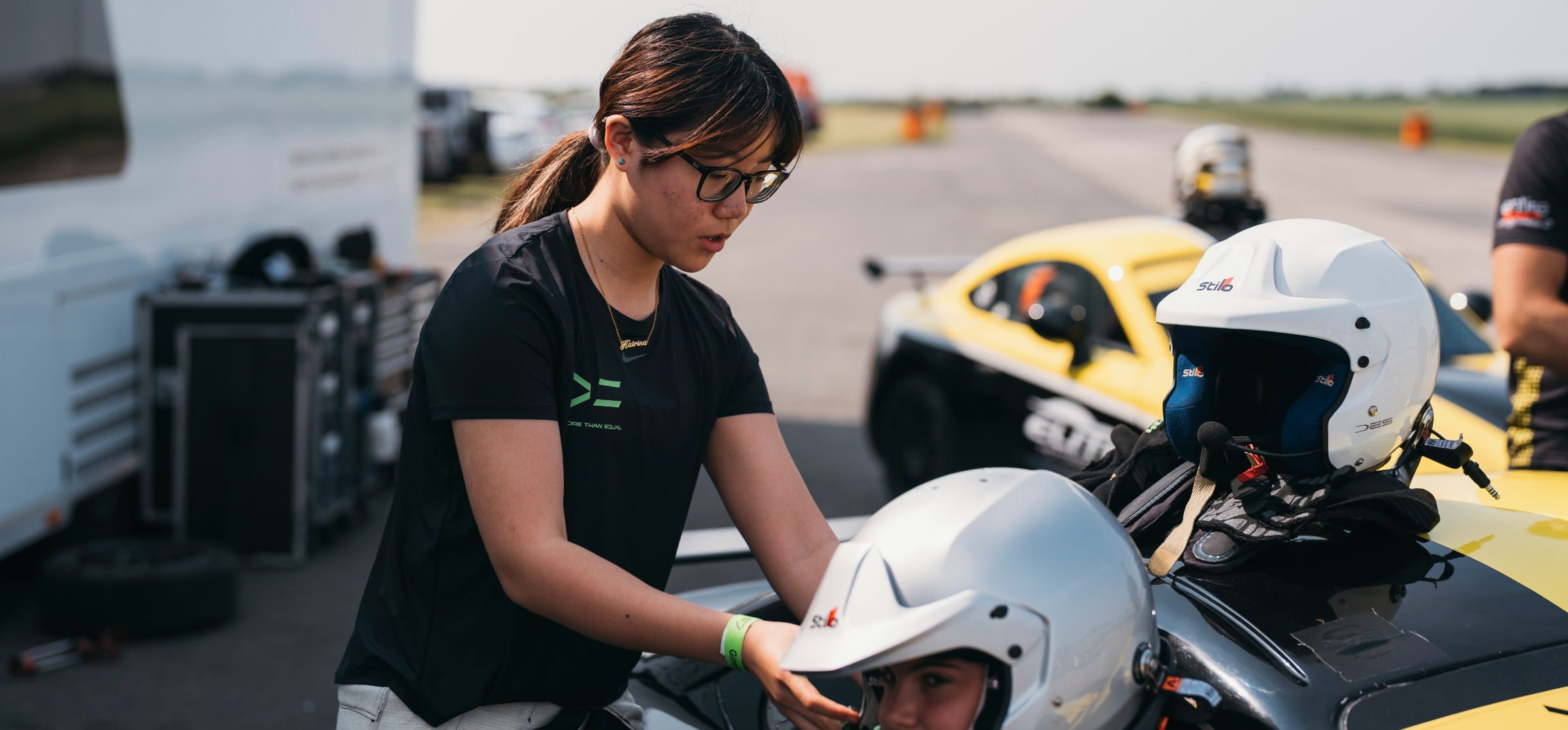
Public F4 testing days can be a daunting environment for inexperienced racing drivers, which makes private training days even more crucial
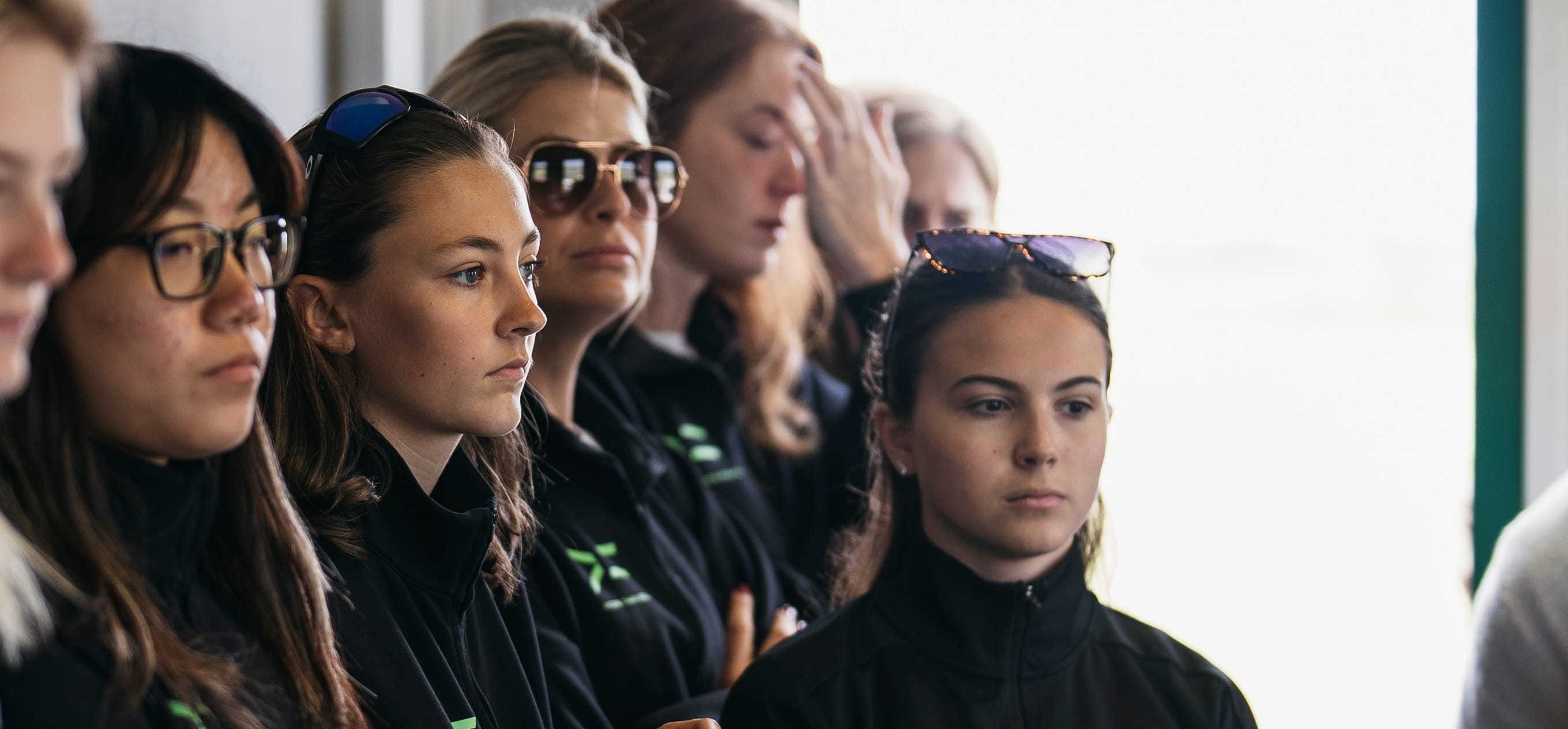
More Than Equal is a data-driven programme that shapes its training through findings from disciplines well beyond F1 and motorsport
The technology and data behind this programme
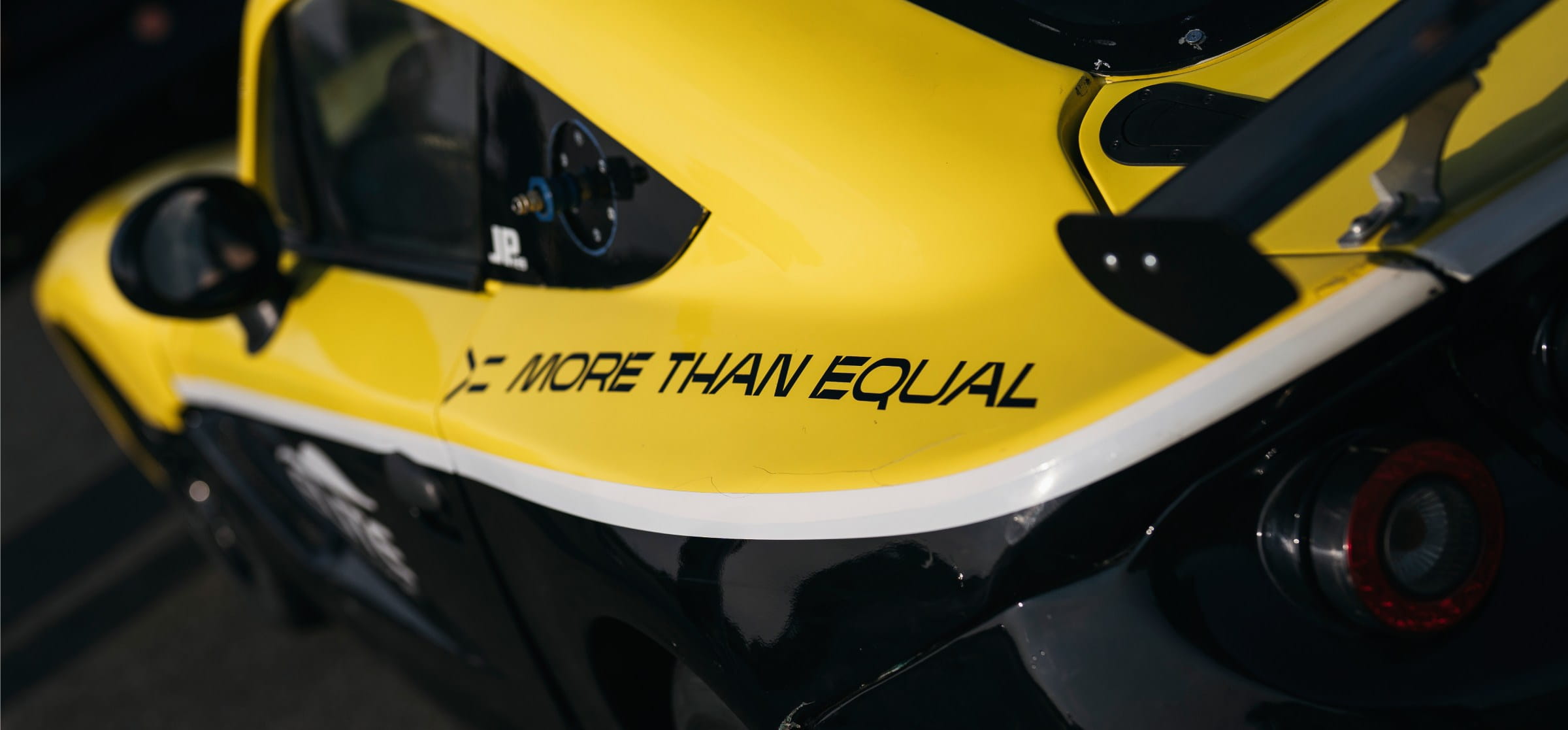
Everything needs to be considered when training drivers to take on cars rather than karts: weight transfer; gearshift points; braking points; slick tyres; aerodynamics; and more
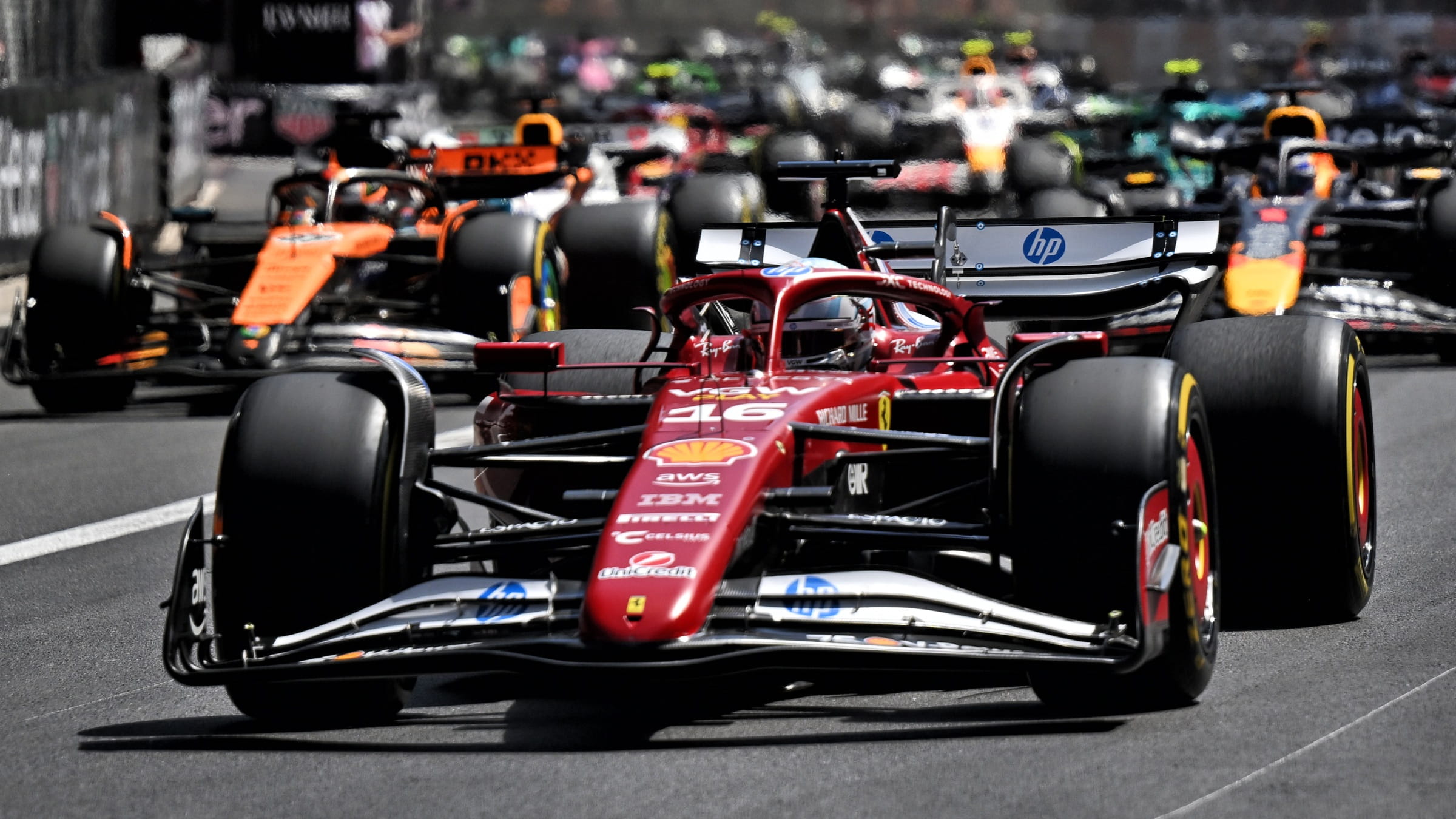
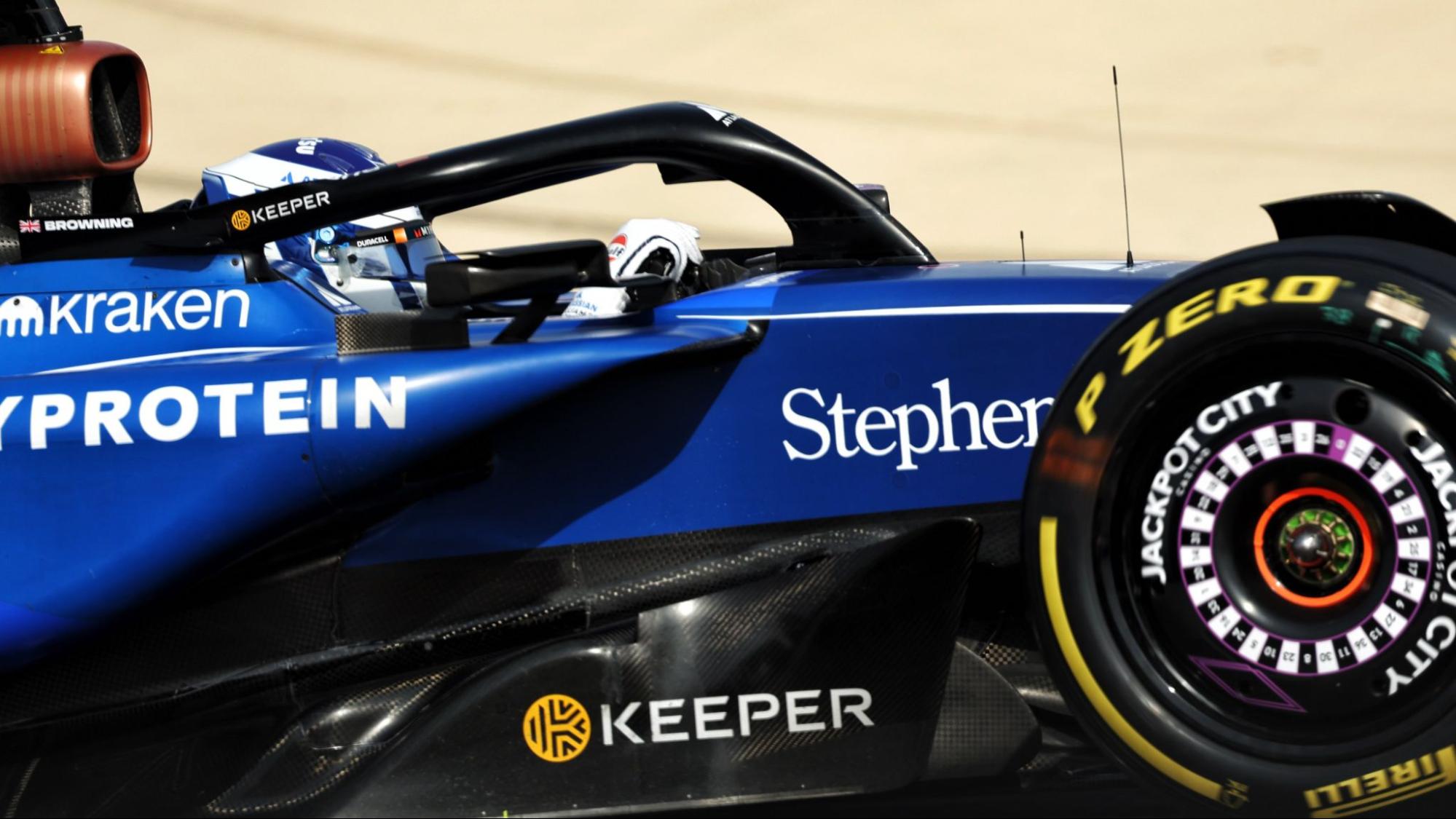
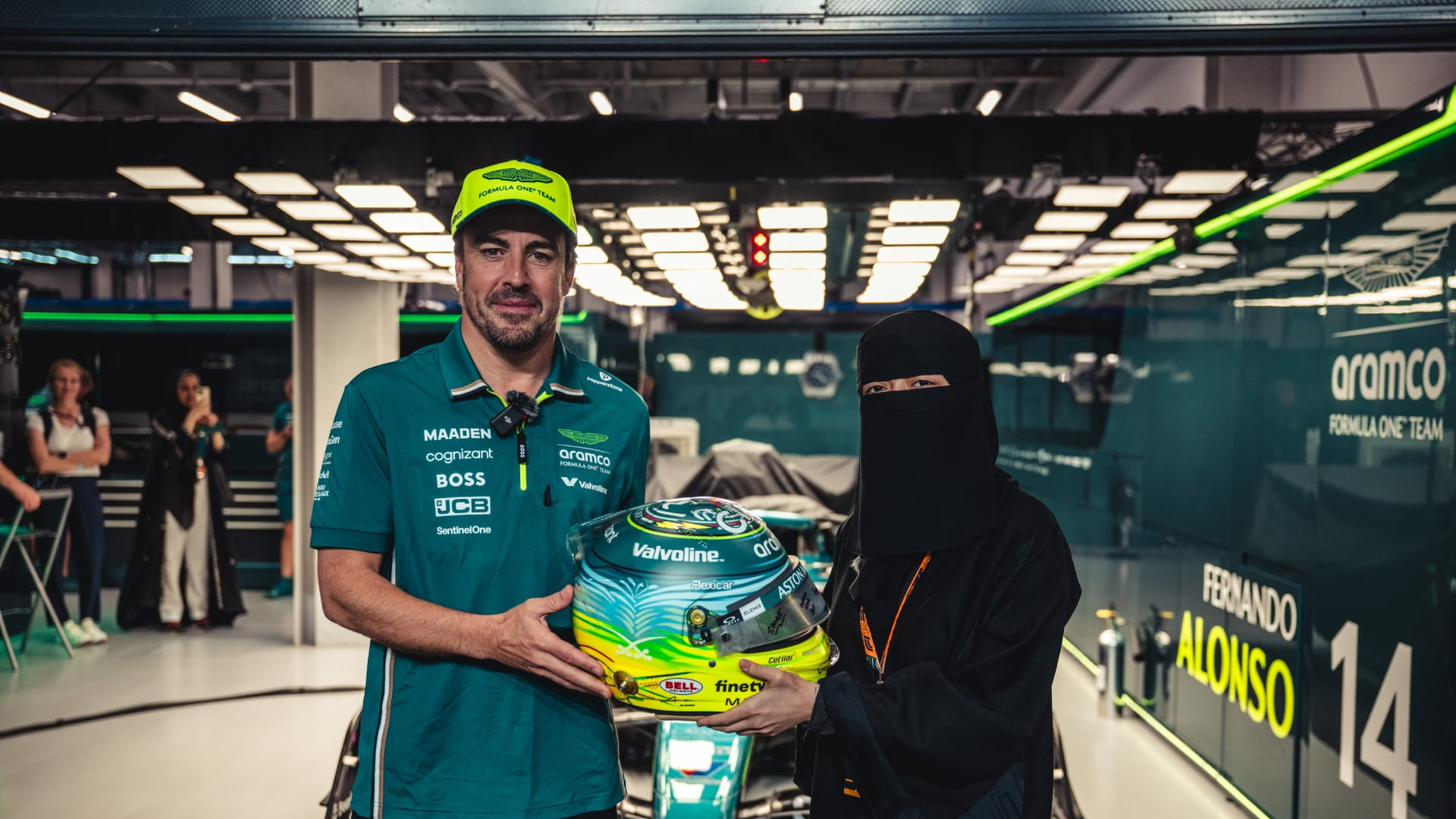
.jpg?cx=0.5&cy=0.5)
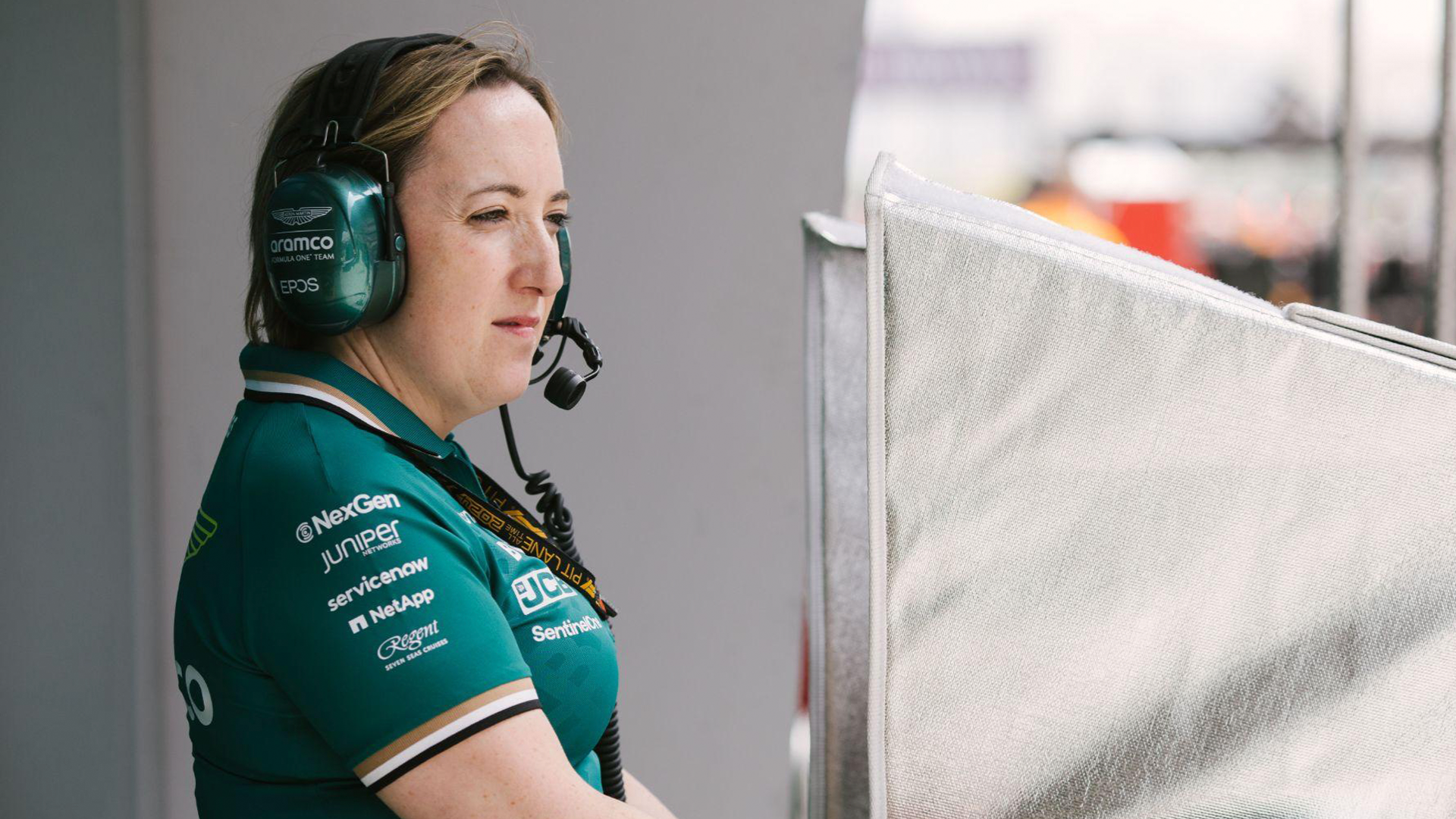
.jpg?cx=0.5&cy=0.5)